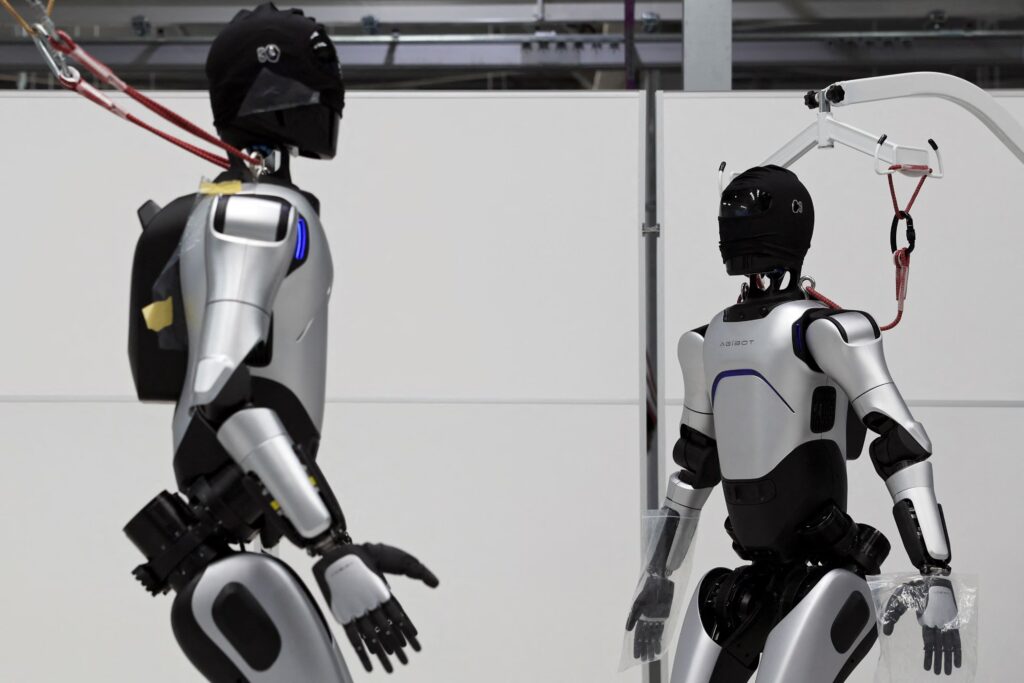In the age of artificial intelligence, humanoid robots are stepping out of science fiction and into real-world industries.
Designed to move, speak, and interact like humans, these advanced machines are becoming the newest members of the global workforce — transforming how we live and work.
The Journey From Factories to Front Desks
Robots are no longer limited to labs.
In 2025, companies across Asia, Europe, and the Middle East began integrating robots into hospitality, logistics, and healthcare.
Robots like Tesla’s Optimus, Figure 01, and Agility Robotics’ Digit can perform repetitive or hazardous tasks.
From lifting heavy packages in warehouses to assisting patients in hospitals or greeting guests in hotels.
This blend of AI, robotics, and automation is boosting efficiency while reducing human risk and fatigue.
Does Human Beings Create Collaboration with Machine?
Rather than replacing people, humanoid robots are designed to work alongside humans, enhancing productivity and precision.
They can learn, adapt, and communicate through AI makes them valuable team members.
Also, they can fill labor shortages while maintaining 24/7 operations.
The Future of Work in the Presence of Humanoid Robots
As AI continues to evolve, robots will play a key role in reshaping business operations.
Governments and tech companies are already setting ethical standards to ensure human safety and responsible integration.
The global market of robots is expected to grow exponentially by 2030, making them a cornerstone of the Fourth Industrial Revolution.
Humanoid robots era is just beginning — and it’s redefining what it means to work, collaborate, and innovate.
Read also:
How Will Somalia’s Pilot National IDs Registration Strengthen Access and Growth
Cryptocurrency Market Suddenly Crushed As $20 Billion Were Lost
Tech Trends Report 2025 – Important Facts


